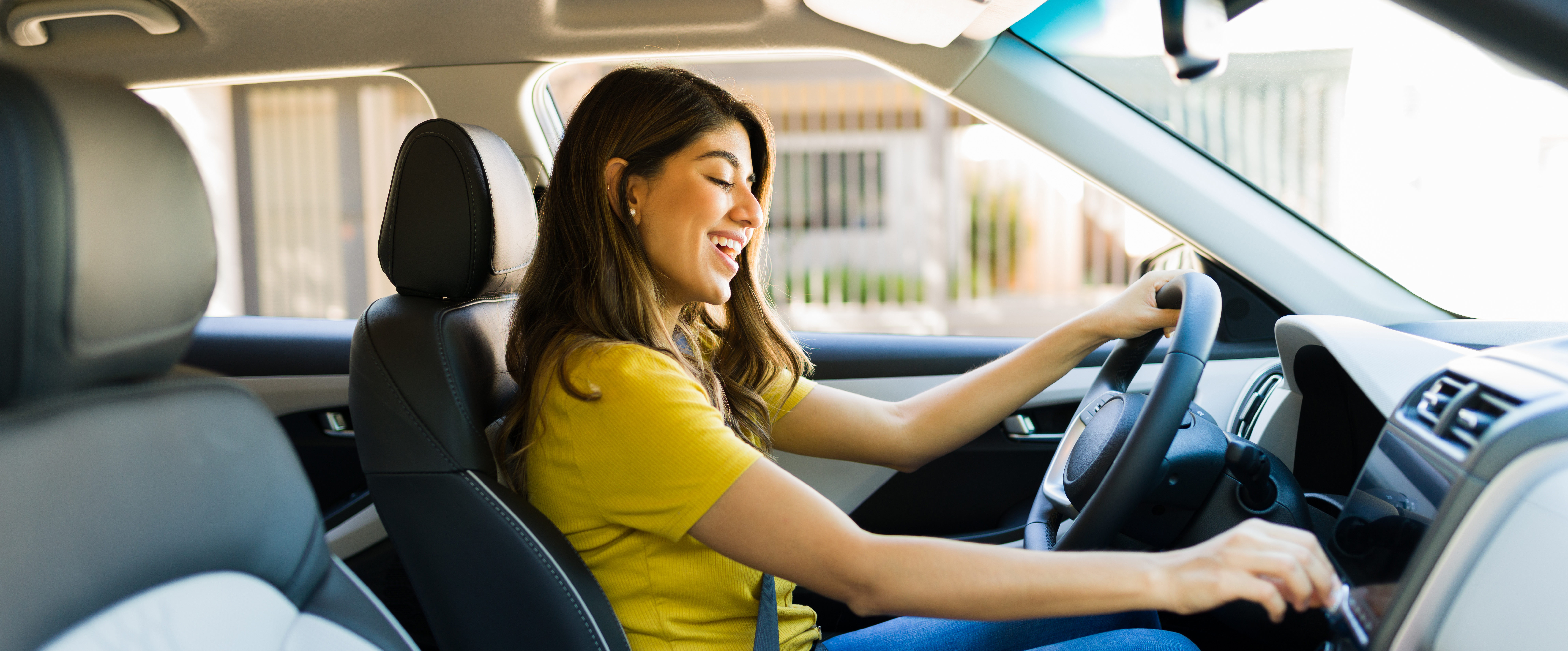

Return to Driving
Rehab Without Walls® is proud to be one of only a few programs offering driver rehabilitation and training to help those recovering from a brain injury.
Following a brain injury, driving is often in the top five of skills individuals seek to regain as a significant sign of independence, as the freedom to travel on your own enhances an individual’s overall quality of life.
At Rehab Without Walls®, our team includes Driver Rehabilitation Specialists that are certified by the Association for Driver Rehabilitation Services (ADED). Our program does not feature simulators, but rather offer on-the-road training, as it is believed to better prepare participants for real road conditions.
We begin by conducting an initial evaluation on the road with a Driver Rehabilitation Specialist to assess an individual’s current skills and address any deficits that may require adaptive equipment. This is a practical step in the process of returning to driving, which protects the individual, their passengers, and others around them. The evaluation is beneficial to both the individual and the entire community, as it can help determine what strategies are needed for safe driving.
On-the-road training includes:
- Practice driving at various speeds
- Driving in different environments
- Driving under different light conditions
- Parking skills
- Driving in heavy pedestrian areas
Following this program, final clearance from the Department of Public Safety (DPS) is needed, which may require an appearance before the Medical Advisory Board.
Many individuals graduate with no restrictions and can use their license again. However, some individuals may be granted a provisional license, which could limit their driving privileges to roads with a speed limit of 45 miles per hour or less. Some provisional licenses also specify that the driver can only drive to work and home. Final decisions are made by the Department of Public Safety.
To be eligible for this program, one must:
- Already have a driver’s license.
- Have a physician’s order stating the individual is medically, physically, and cognitively able to drive.
- Require only low-tech adaptive equipment to drive (hand controls, spinner knobs, or other equipment that can be mechanically added).

